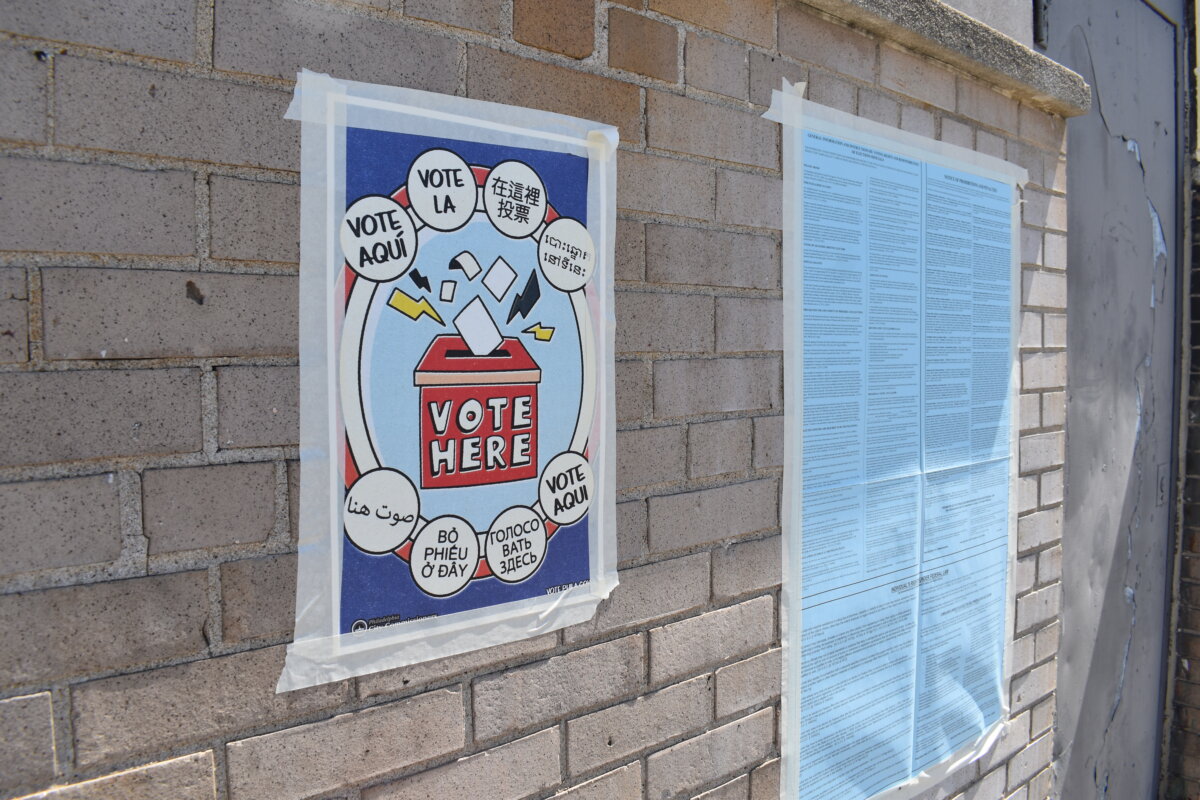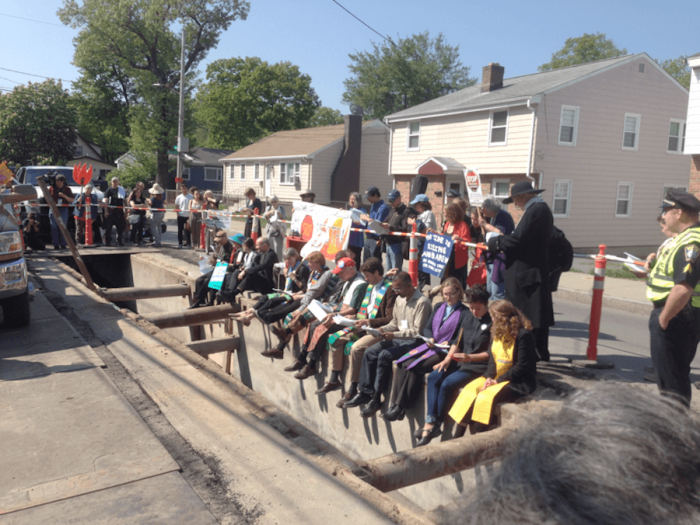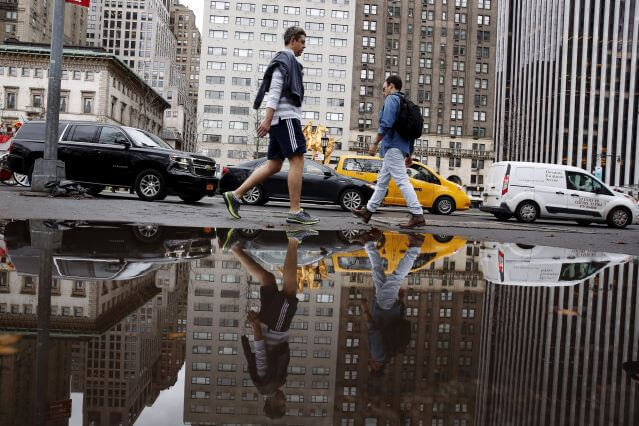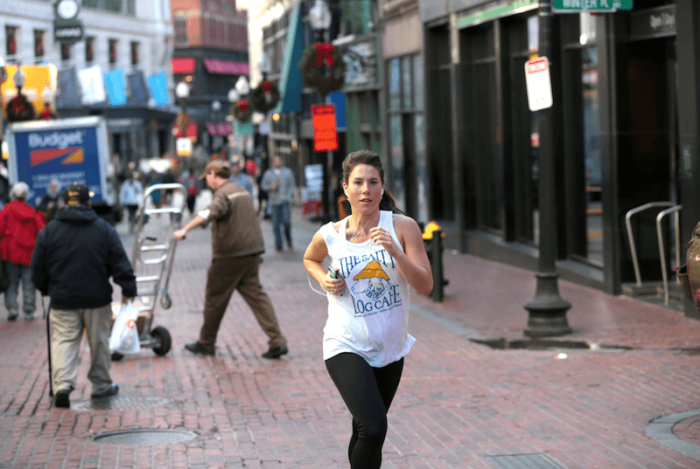Reuter –Aid groups and survivors of one of the world’s most powerful storms on record are hoping that early warnings, concrete-walled homes, cave refuges and a healthy respect for the sea have saved the South Pacific nation of Vanuatu from a huge death toll. Officials say the toll, which stands at just 11, is certain to rise as news still dribbles in from isolated, outlying communities in the island chain. But traditional coping mechanisms may have helped prevent a much greater disaster. Five days ago, Cyclone Pam tore through Vanuatu, bringing wind gusts topping 185 mph, torrential rain, huge seas and storm surges. Forecasters compared it with Typhoon Haiyan which hit the Philippines in 2013 and killed more than 6,000. “A lot of people in the remote areas have caves where they can go,” said Jacob Kapere, a chief from the south of Tanna island whose population of 29,000 sat under the eye of the storm and yet appeared to have largely survived. “Some villages have cyclone houses which don’t have windows and have very low doors that you have to bend over to enter. Their thatch roofs are dug into the ground,” told Reuters from the country’s capital, Port Vila, where he was when the storm hit. Regularly lashed by cyclones and also prone to earthquakes and tsunamis, Vanuatu is ranked as the world’s most vulnerable country to natural disasters.
“If you look at statistics of the Pacific of disasters over the years you will see that the death toll often is not very high,” Sune Gudnitz, head of the Pacific for the U.N. Office for the Coordination of Humanitarian Affairs. “People have good coping mechanisms and it’s in their DNA that when storms are coming they know what to do,” he said while cautioning the death toll was likely under-reported.
Small, scattered populations mean that death tolls in the South Pacific are relatively low, especially since the advent of mobile phones, real-time cyclone tracking and the Internet – which all ensured Vanuatu had plenty of warning of Cyclone Pam. Around 250,000 people live in Vanuatu, spread around 60 or so inhabited islands. Updates and color-coded warnings were sent by radio and SMS, enabling residents to trace the path of the cyclone on maps specially printed in every telephone book, said Oxfam’s Vanuatu country manager, Colin Collett van Rooyen. Once the cyclone hit land – the strongest storm to do so anywhere in the world since Typhoon Haiyan – the islanders of Vanuatu rely on traditions and instincts to survive.
“When people become cut off and communications went down, they knew that this was really dangerous and they looked for shelter,” said Kapere, the chief from the south of Tanna island.
Many villages are built further back from the shore to avoid storm surges and tsunamis, and most have at least one sturdy building to retreat to. Even the spreading roots of banyan trees that have survived centuries of storms are also sometimes used as shelter if houses are destroyed. “People do know they can’t stay in their homes at the peak of the cyclone and they will evacuate to more permanent structures,” said Anna Gero from the Institute for Sustainable Futures at University of Technology, Sydney. “They also know to look out for one and another.” The Vanuatu government’s National Disaster Management Office (NDMO) is in charge of collating information from outlying areas and updating the death toll, but communications with dozens of isolated islands remain impossible. Aircraft flying over outlying islands had seen large white “H”s marked on the ground and residents trying to signal for help with mirrors, aid workers said.
The NDMO declined to comment on the death toll on Wednesday and no media conferences have yet been held. Aid agencies also declined to speculate on how high the toll might rise.
In remote places, far from government influence and help, deaths might never be reported, said Oxfam’s Collett van Rooyen.
“People will pick up the pieces, bury the dead, normally the next day, and do what they need to survive. I’m not too sure we’ll ever have an accurate number in terms of what people would want.”
Early warnings and cave refuges could explain low Vanuatu death toll
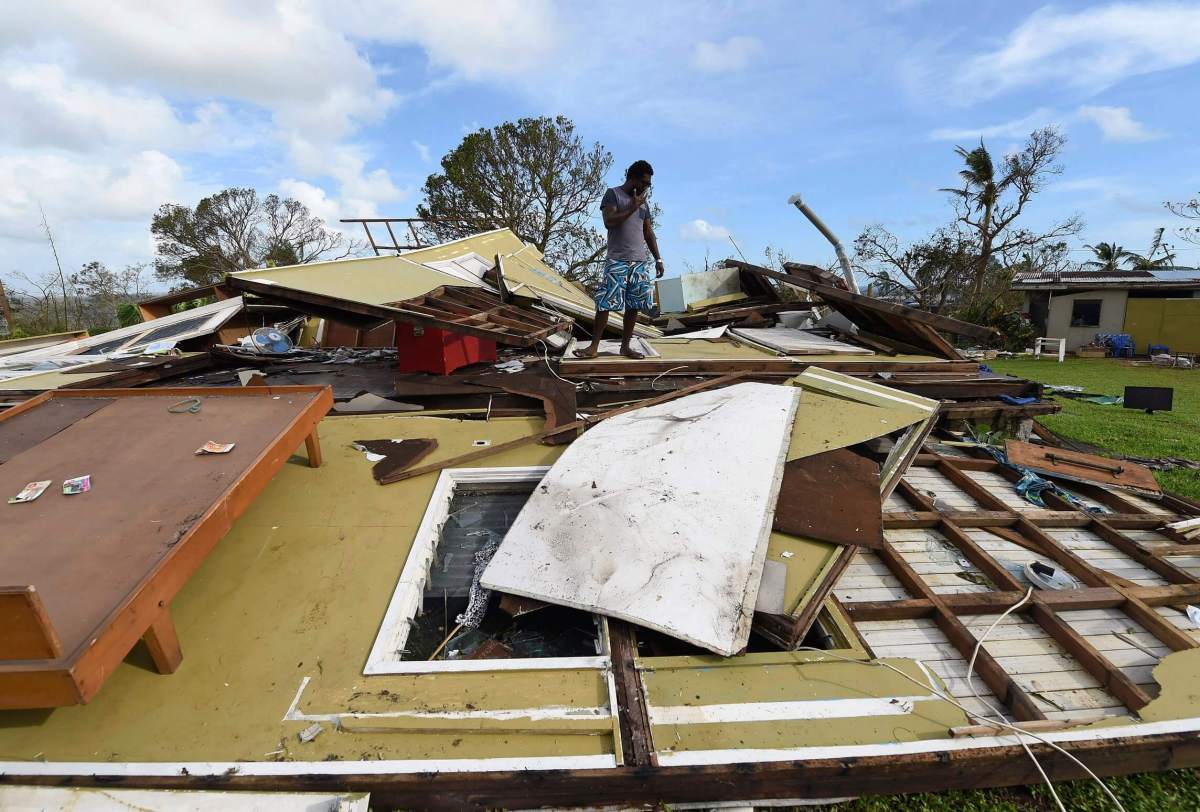
REUTERS/Dave Hunt/Pool









